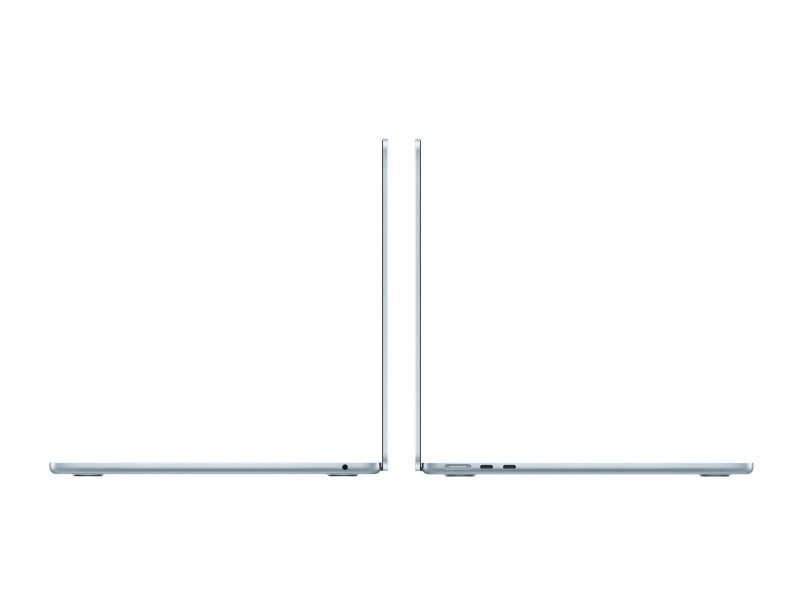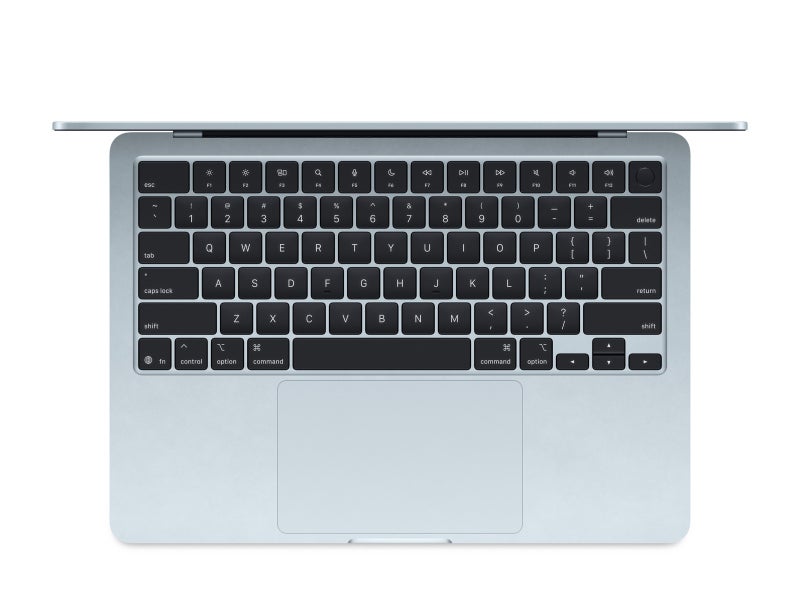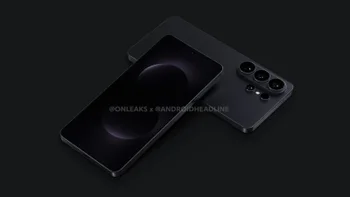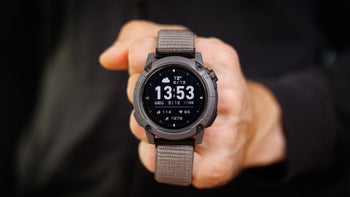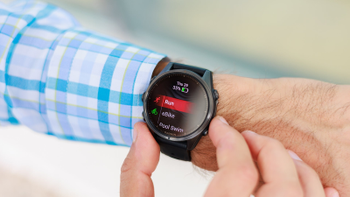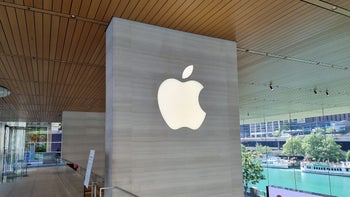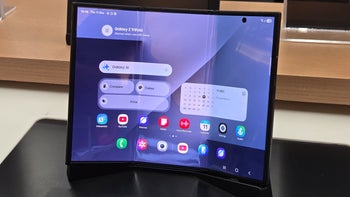Apple MacBook Air M5 release date expectations, price estimates and upgrades

The Apple MacBook Air M5 is definitely expected to be next in line for Apple's compact laptop range.
The next MacBook Air is likely coming in early 2026, along with the MacBook Pro, which is also getting refreshed in the same timeframe with the MacBook Pro M5 generation.
No major changes are expected for the MacBook Air, though, which will likely be nothing else but a spec refresh from the Apple M4 to the Apple M5 line of chips.
Jump to:
Price and release date
The MacBook Air M5 was initially expected to arrive this October, which is when Apple typically likes to launch new laptops, however numerous reports from reputable sources like Bloomberg's Mark Gurman and Ming-Chi Kuo agree that the MacBook Air with the M5 chip on board will more likely be released in early 2026. There's still the possibility that Cupertino surprises us with a release in late 2025, but it's not very likely.
Recently, the FCC spilled the beans and revealed that at least some of Apple's upcoming computers have paid a visit to the FCC, which is one of the early steps prior to releasing a device on the market and is indicative that, yes, this device launch is happening.
Prices aren't expected to rise, so the MacBook Air with M5 will be just as expensive as the M4 model. This means that the 13-inch Air with 16GB/256GB will likely cost $999, while the larger 15-inch model with 256GB will start at around $1,199.
Opting for more memory and storage will naturally increase the pricing, with the 512GB of storage and 24GB of RAM costing $1,400 if you opt for the 13-inch model and $1,600 for the 15-inch model.
Design and ports
No major design changes are expected to hit this particular generation of the MacBook Air, which got a big redesign a few years ago with the M2 chip release.
Apple killed off the tapered design language and made the Air look like a slimmer Pro model, with flat frames and slightly rounded corners all around. It also got the notched display, as well as some extra ports. We definitely love this design language and don't really see the need for a redesign.
Just like the MacBook Air with M4, we expect the upcoming Air with M5 to be available in two sizes: 13-inch and 15-inch ones. The latter is a fairly new development, fueled by the public's desire for larger laptops that don't necessarily need to break the bank.
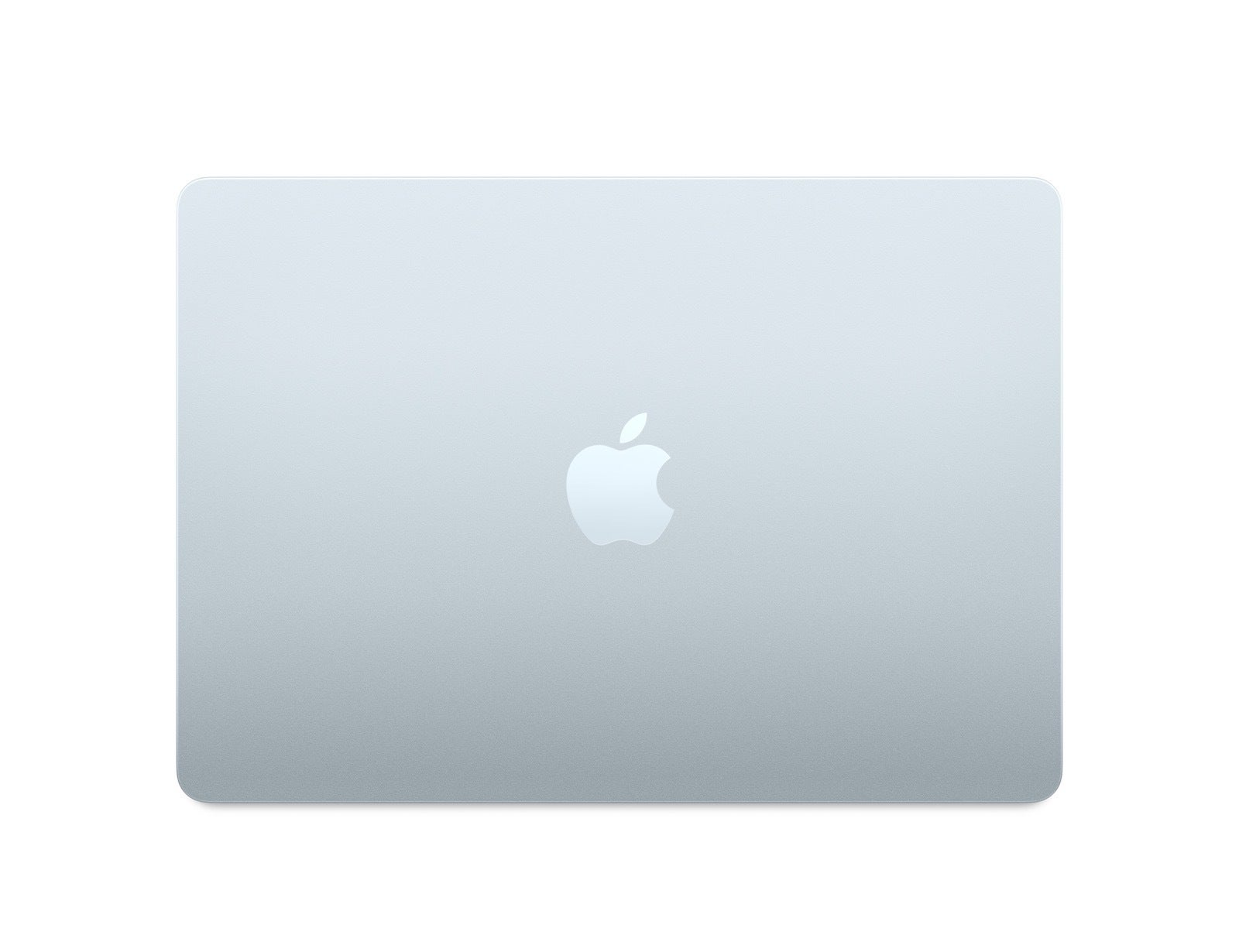
Size-wise, no changes are coming to the MacBook Air with M5: the 13-inch model measures 30.41 x 21.5 x 1.13 cm and weighs just 1.24 kg, while the bigger-sized model measures 34.04 x 23.76 x 1.15 cm and weighs 1.51 kg.
In terms of colors, the previous M4 version was available in Silver, Midnight, Starlight, and Sky Blue colors, and we do hope that Apple either retains that selection or shakes it up with another color option. That one would vibe well with the more laidback nature of a MacBook Air, which isn't out of its depth in a conference meeting or on a bed in some dorm.
Ports
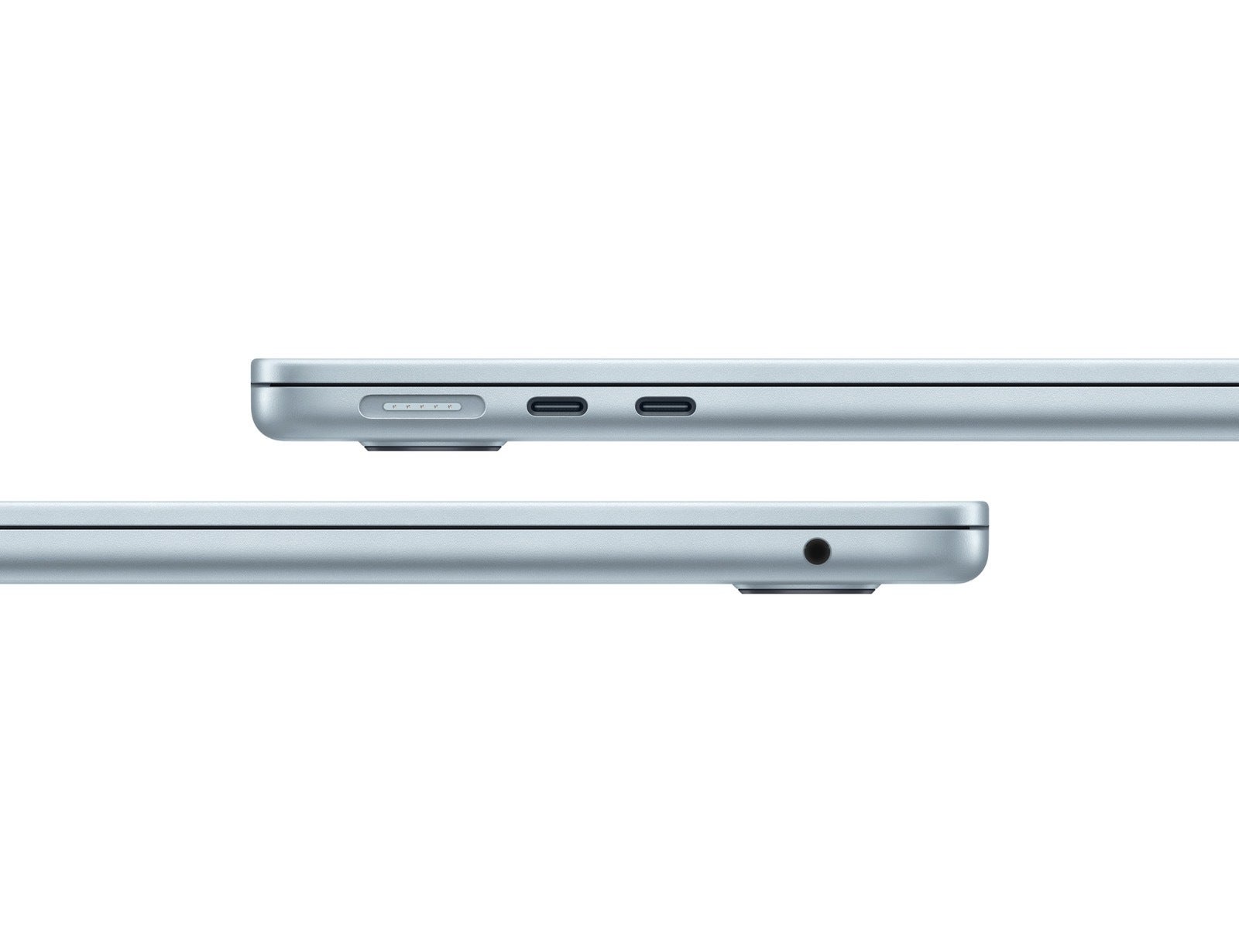
One of the more considerable differences between a MacBook Air and a MacBook Pro is the port selection.
While the Pro has just about anything a pro user might need for their daily workflow (three USB-C ports, an HDMI, 3.5mm jack, and an SDXC card), the Air is rather slim on I/O ports. This was true for the MacBook Air with M4, and we expect no changes for the M5 flavor.
We expect two Thunderbolt 4 USB-C ports, a dedicated MagSafe 3 port, and a 3.5mm audio jack. That's pretty much it when it comes to ports.
Display
No changes are expected for the MacBook Air M5 display. Size and basic display properties are the same.
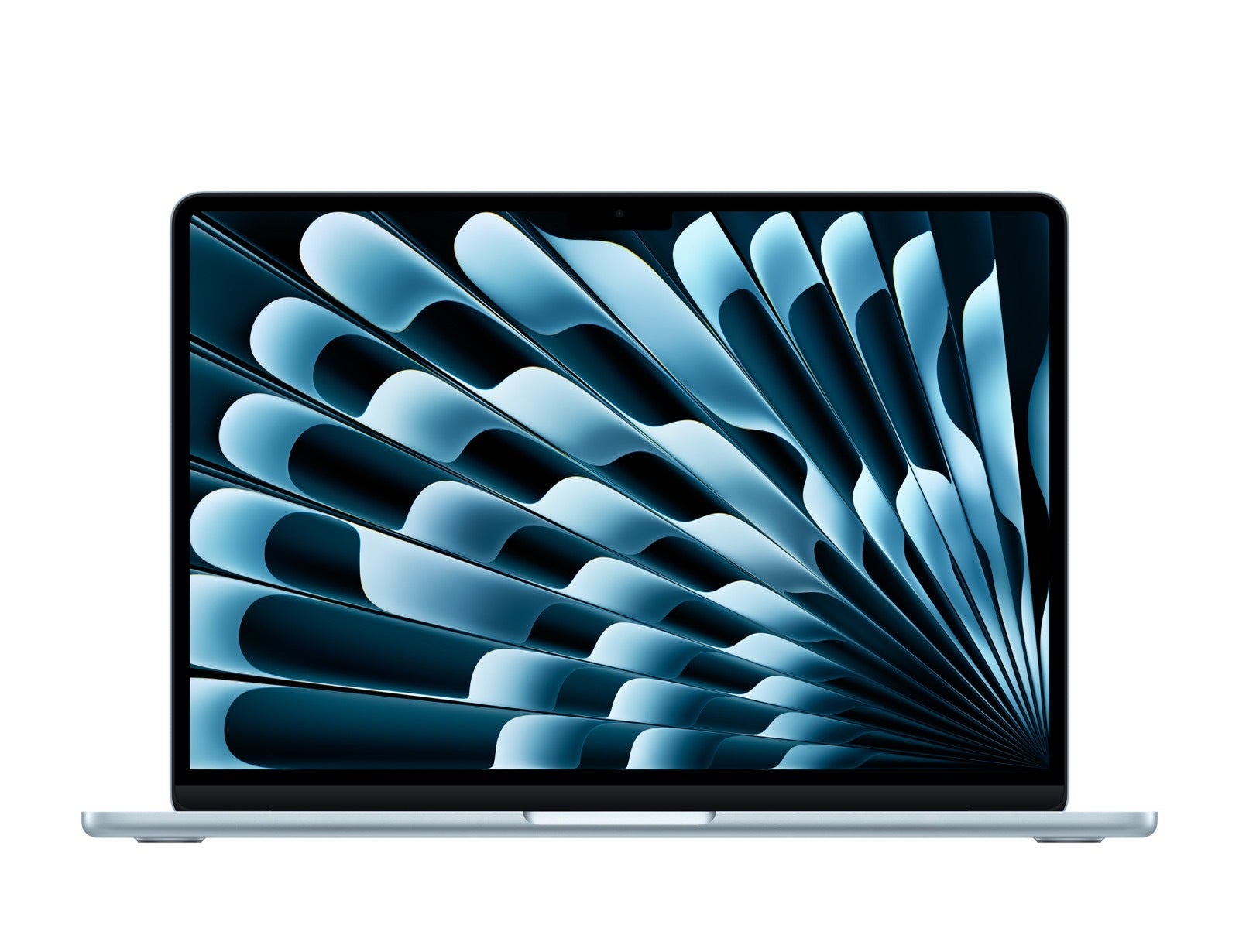
The 13-inch model comes with a 13.6" Liquid Retina display, whereas the 15-inch model boasts a 15.3" screen. The display resolution of the first model is 2560 by 1664, while the larger device bumps that to 2880 by 1864 pixels.
We don't expect Apple to give us mini-LED or faster refresh rates here. So, we will probably be stuck with an IPS LCD screen and a 60 Hz refresh rate for the time being on the Air.
| MacBook Air M5 13-inch | MacBook Air M5 15-inch |
|---|---|
| Peak brightness 500 nits | Peak brightness 500 nits |
| Display technology IPS-LCD | Display technology IPS-LCD |
| Display refresh rate 60Hz | Display refresh rate 60Hz |
| Display Size 13.6-inch | Display Size 15.3-inch |
| Display resolution 2560 x 1664 | Display resolution 2880 x 1864 |
*-anticipated specs
Performance and Memory
The MacBook Air M5 will come with the 3nm Apple M5 chip inside, the base non-Pro/non-Max version. We might still get two versions, a binned one with 8 cores and a regular 10-core variation. Naturally, this one will be at the bottom of the performance charts in comparison with the rest of the M5 lineup, but should still provide a hefty performance upgrade over the M4 and earlier chipsets.
The big upgrade about the M5 could be a new server-grade SoIC packaging (TSMC's 3D stacking and hybrid wafer bonding tech), which would improve production yields and allow Apple to use separate CPU and GPU designs. This would potentially provide big improvements to the graphics performance, as it will allow the GPU to be decoupled from the unified memory and use its own memory pool.
The SoIC packaging also promises better thermal management, which is always welcome, even though the MacBook Pro has always been actively cooled.
| Specification | Apple M5 chip* | Apple M4 Chip |
|---|---|---|
| Chipset configuration | 8/10-core CPU 4 P-cores >@4.41GHz 4/6 E-cores >@2.9GHz >TDP 22W | 8/10-core CPU 4 P-cores @4.41GHz 4/6 E-cores @2.9GHz TDP 22W |
| Transistor count | >28 billion transistors | 28 billion transistors |
| Manufacturing process | 3nm technology ARMv9 instruction set | 3nm technology ARMv9 instruction set |
| iGPU | Up to 10-core GPU Hardware-accelerated ray tracing | Up to 10-core GPU Hardware-accelerated ray tracing |
| AI | 16-core Neural Engine | 16-core Neural Engine |
| Memory bandwidth | >120GB/s | 120GB/s |
| Multimedia engine | Hardware-accelerated H.264, HEVC, ProRes, and ProRes RAW ProRes encode and decode engine Video encode/decode engine AV1 decode | Hardware-accelerated H.264, HEVC, ProRes, and ProRes RAW ProRes encode and decode engine Video encode/decode engine AV1 decode |
*-anticipated figures
In terms of memory, we expect the MacBook Pro M5 to start with 16GB of RAM in the base M5 chip version, but it will certainly be available with 24GB and 32GB as well. Storage-wise, we expect 256GB, 512GB, 1TB, or 2TB versions.
Software
The laptop will definitely come with macOS 26 Tahoe, which delivers Liquid Glass to the MacBook. With a universal and cohesive design language that is shared between macOS, iOS, watchOS, and visionOS, Liquid Glass delivers more than a simple redesign. It is a sign that Apple aims to bolster the draw of its ecosystem, starting with the aesthetics.
Aside from the new looks, Tahoe also removes the LaunchPad but gives us Live Activities on the Mac, allows for Control Center customization, folder customization with symbols, emoji, and colors, the Phone and Games apps, a new icon tinting option, Shortcuts automations, Metal 4 support, and last but absolutely not least, enhanced Spotlight Search, which doubles as an app launcher.
Battery and charging
No redesign means the same battery size as the previous MacBook Air. However, this shouldn't mean that the laptop won't get better battery life. Quite the contrary––the more efficient M5 chip could bolster the battery life figures, which are already pretty decent on the Air.
Here's what the battery size and battery life of the upcoming MacBook Air M5 might be like.
| Apple MacBook Air M5 | Apple MacBook Air M4 |
|---|---|
| Battery size 53.8Wh (13-inch) | Battery size 53.8Wh (13-inch) |
| Battery life (web)* 15+ hours | Battery life (web) Up to 15 hours |
| Battery life (video)* 18+ hours | Battery life (video) Up to 18 hours |
| Charging MagSafe 3 30W/35W USB-C Fast charging with 70W+ wall adapter | Charging MagSafe 3 30W USB-C with 8-core GPU 35W Dual USB-C with 10-core GPU Fast charging with 70W+ wall adapter |
*-anticipated figures
In terms of charging, the upcoming MacBook Air with M5 will likely come with either 30W or 35W charging bricks, depending on which core model you pick. Fast-charging with up to 70W would probably be also part of the feature set.
Should you wait for the MacBook Pro M5?
If you're already a proud owner of a MacBook Air with the M3 or M4 chip, it wouldn't make a lot of sense to upgrade to the M5 model.
Even owners of the M2 model should be wary to upgrade to the newer model. Don't get us wrong, the M5 will easily be the fastest Apple chip once it launches; it's just that the M2 still delivers great performance.
The same applies to the pioneering Apple M1 as well, which to this day still offers plenty of performance for regular users. However, users of the MacBook Air with the M1 should probably look to upgrade as that device still uses the mostly portless wedge design language of old. That could be the cutoff; the Air with M1 and older should consider upgrading to the M5 model.
Follow us on Google News
